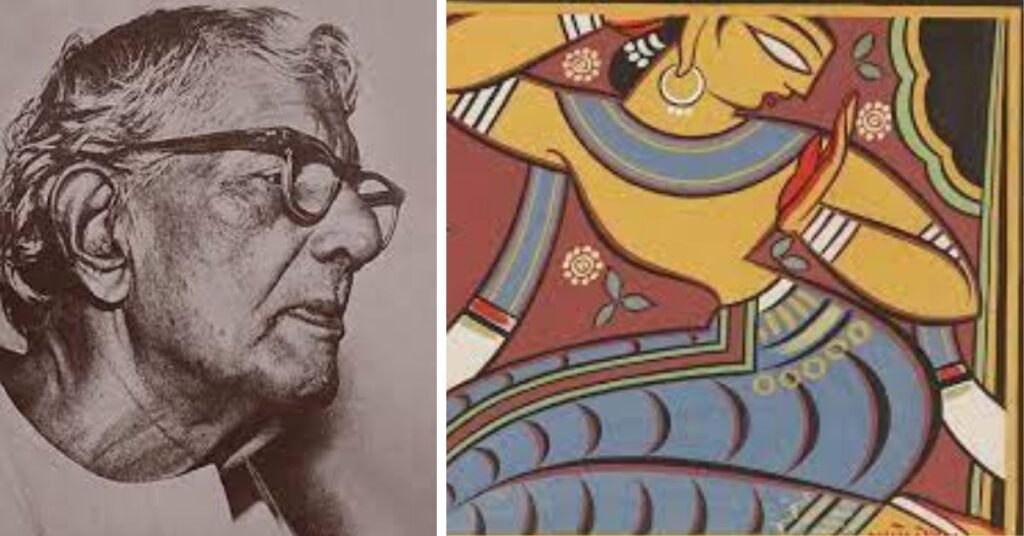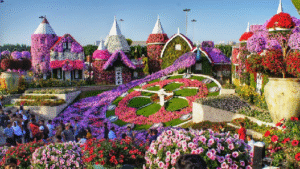In a groundbreaking move for India’s art world, the home of renowned Bengali artist Jamini Roy will soon be transformed into the country’s first private artist museum, dedicated to showcasing the life and works of one of India’s most celebrated modern artists. The museum, set to open in 2025, will offer a unique glimpse into Roy’s legacy, his creative journey, and his profound influence on Indian art.
The museum will be housed in Jamini Roy’s ancestral home in the heart of Kolkata, where he spent much of his life. The initiative is spearheaded by the artist’s descendants and art historians who have long believed that his life’s work deserves a dedicated space to inspire future generations. “Jamini Roy’s contribution to Indian art cannot be overstated,” says Ravi Roy, a relative and key figure behind the museum’s development. “This museum will honor his legacy, allowing visitors to experience the evolution of his art firsthand, in the very place where he lived and worked.”
Jamini Roy, born in 1887, was a pioneering force in modern Indian art. Known for his distinctive style that fused traditional Bengali folk art with modern techniques, Roy broke away from the colonial influences on art in India and sought to revive indigenous forms of expression. His works were a bold statement of Indian identity and culture during a time when British artistic ideals dominated the landscape.
Jamini Roy is best known for his vibrant, expressive works that drew heavily from Indian folk art traditions, particularly the Madhubani and Kalighat styles. His paintings are instantly recognizable for their bold lines, vivid colors, and themes of everyday life, nature, and spirituality. He was a champion of Indian nationalism and used his art to reconnect people with their cultural roots, rejecting Western styles in favor of indigenous artistic traditions.
Roy’s career reached its zenith in the early 20th century, with his works being featured in exhibitions both in India and abroad. He is perhaps most famous for his depictions of Mother Goddess Durga, rural life, and tribal motifs, which became symbols of India’s resistance to colonial rule.
The museum’s vision is not just to display Jamini Roy’s artworks but also to offer an immersive experience that connects visitors to the artist’s creative world. The Jamini Roy Museum will feature a wide range of exhibits, including:
Original Paintings: A comprehensive collection of Roy’s iconic works, showcasing his mastery in mediums like tempera, watercolor, and oil paints.
Personal Artifacts: Items from the artist’s personal life, including his easels, brushes, and sketches, providing insight into his creative process.
Photographs and Letters: Rare photographs of Roy, along with personal letters and correspondences, shedding light on his relationships with contemporaries like Rabindranath Tagore and Abanindranath Tagore.
Artistic Evolution: A timeline of Roy’s artistic journey, from his early days as a student at the Government College of Art & Craft in Kolkata to his later years as a master of modern Indian art.
Interactive Exhibits: Visitors will have the chance to engage with augmented reality (AR) displays, allowing them to see the creative process behind some of Roy’s most celebrated works.
The museum is being designed by renowned architect Ankita Sen, who is working closely with art conservators to ensure the preservation of the delicate works and personal items that will be housed there. “Our goal is to create a space that not only celebrates Jamini Roy’s life but also brings his artistry to life for a new generation,” Sen explains.
The opening of the Jamini Roy Museum is expected to make a significant impact on Kolkata’s cultural scene, drawing both art aficionados and tourists alike. With the city already home to institutions like the Indian Museum and the Victoria Memorial, the addition of this private artist museum is poised to enhance Kolkata’s reputation as a hub of artistic and cultural heritage.
Art scholars and curators have expressed excitement about the museum, seeing it as a vital addition to India’s growing network of art museums and galleries. “Jamini Roy’s works have had a lasting influence on modern Indian art,” says Dr. Priya Malhotra, a leading art historian. “This museum will allow us to not only preserve his legacy but also provide a space for critical discussions on the intersection of art, culture, and history in India.”
The museum’s establishment also reflects the growing recognition of the importance of preserving India’s artistic heritage. As more private collections and artist homes are being transformed into museums across the country, Jamini Roy’s ancestral home stands as a powerful symbol of the nation’s commitment to safeguarding its cultural and artistic past.
“Jamini Roy was not just an artist; he was a revolutionary who used his craft to influence the cultural fabric of India,” says Ravi Roy. “By turning his home into a museum, we hope to create a space where his work can continue to inspire and educate generations to come.”
The Jamini Roy Museum, set to open in 2025, promises to be a landmark institution in India’s cultural landscape. It will not only celebrate the genius of one of India’s most iconic artists but also provide a space for reflection on the role of art in shaping national identity. For anyone with an interest in the evolution of Indian art, this museum will be an essential destination, offering an unparalleled insight into the life and legacy of Jamini Roy, the man who brought India’s folk traditions into the modern art world.







